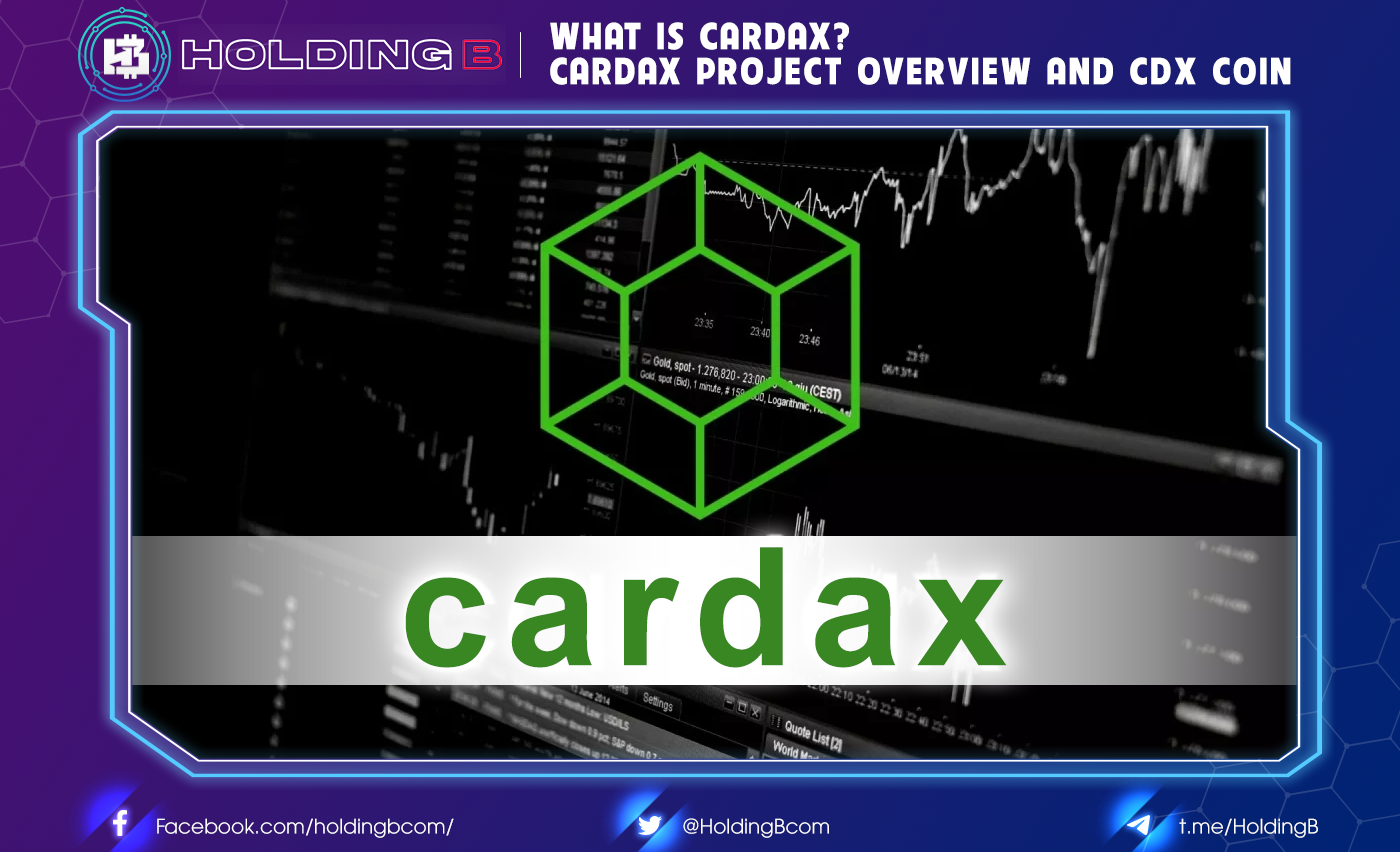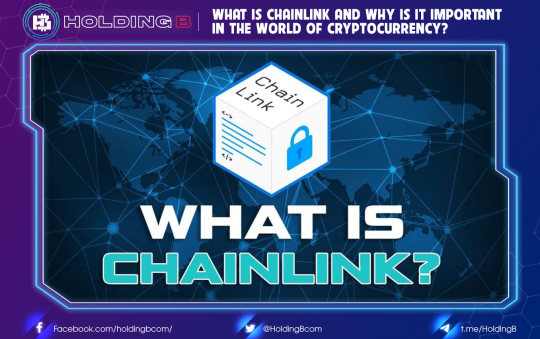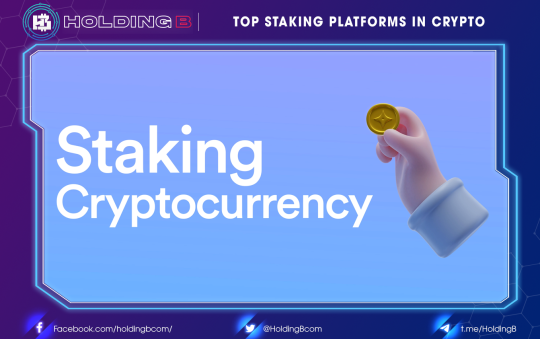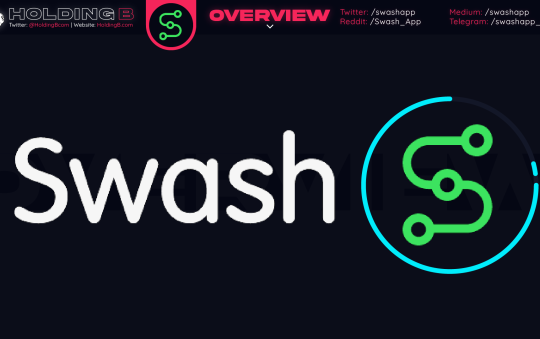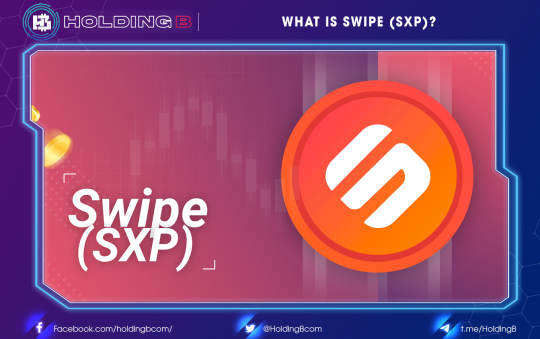Cardax project
What is Cardax?
We can understand Cardax as a decentralized exchange (DEX). Cardax allows users to trade ADA tokens for any token on the Cardano network. However, compared to some other DEX exchanges that Fiahub has had the opportunity to introduce to readers such as Maladex or Minswap, etc., according to Cardax, they have a few different characteristics.
As shared in the whitepaper of the Cardax project, their protocol is a combination of the oder book model and AMM. Therefore, they created a protocol that allows:
- Empower anyone to become a market maker by creating a liquidity pool or joining an existing pool.
- Minimum to maximum rate of slippage and degree of risk associated with impermanent loss.
- Create more transparency on pricing.
- Allows token issuers to create new trading pairs themselves without the need to deposit large amounts of capital like some other protocols.
To do this, Cardax has improved existing AMM protocols. They call it EAMM (Extended Auto Market Maker). According to Cardax, one of the problems with current AMM solutions is the sizable barrier to entry. To make it easier to understand, I will take this example.
Let’s say you are a developer and you issue a token with the symbol ABC. You want to create a place to trade the ADA/ABC pair. To do this, traditionally, you will have to prepare both ADA and ABC tokens. Token ABC is inherently not a problem as it is your token. However, you will have difficulty owning ADA tokens. This means that if you have a small amount of ADA, you will only create small and illiquid pools and vice versa. Therefore, small, newly launched projects will hardly be able to compete with large projects that have been launched before.
Cardax’s EAMM protocol was born to solve this problem. It provides the right to be priced to the buyer whenever new pairs are formed. At that point, manufacturers will lose control of prices and will have to come up with an algorithm based on buyers. This is a protocol option that will be made available to those who create a new trading pair and do not want to include a large number of assets. Ultimately, it is up to the creator of that new trading pair to decide whether they want to exercise the option or not.
As such, Cardax’s EAMM will empower everyone. Anyone can create liquidity pools. A liquidity provider (LP) will be able to create a liquidity pool and/or provide liquidity into the pool of availability.
Fees on Cardax
The fee on Cardax will be 0.35% for the token swap. It is distributed as follows:
0.3% is divided among LPs based on their contribution to the pool. The fee divided for these LPs will be paid in CDX (Cardax’s original token, which we will learn more about later).
The remaining 0.05% will be put into the general fund of Cardax.
Development Team
Ryan Morrison is the Founder & CEO of the Cardex project. According to share, he has more than 14 years of experience in the field of Digital Marketing. He has worked for companies in payment solutions, network software, financial research, etc. Ryan has been involved in the Cardano project since 2017 and is the host of the Cardano Podcast channel.
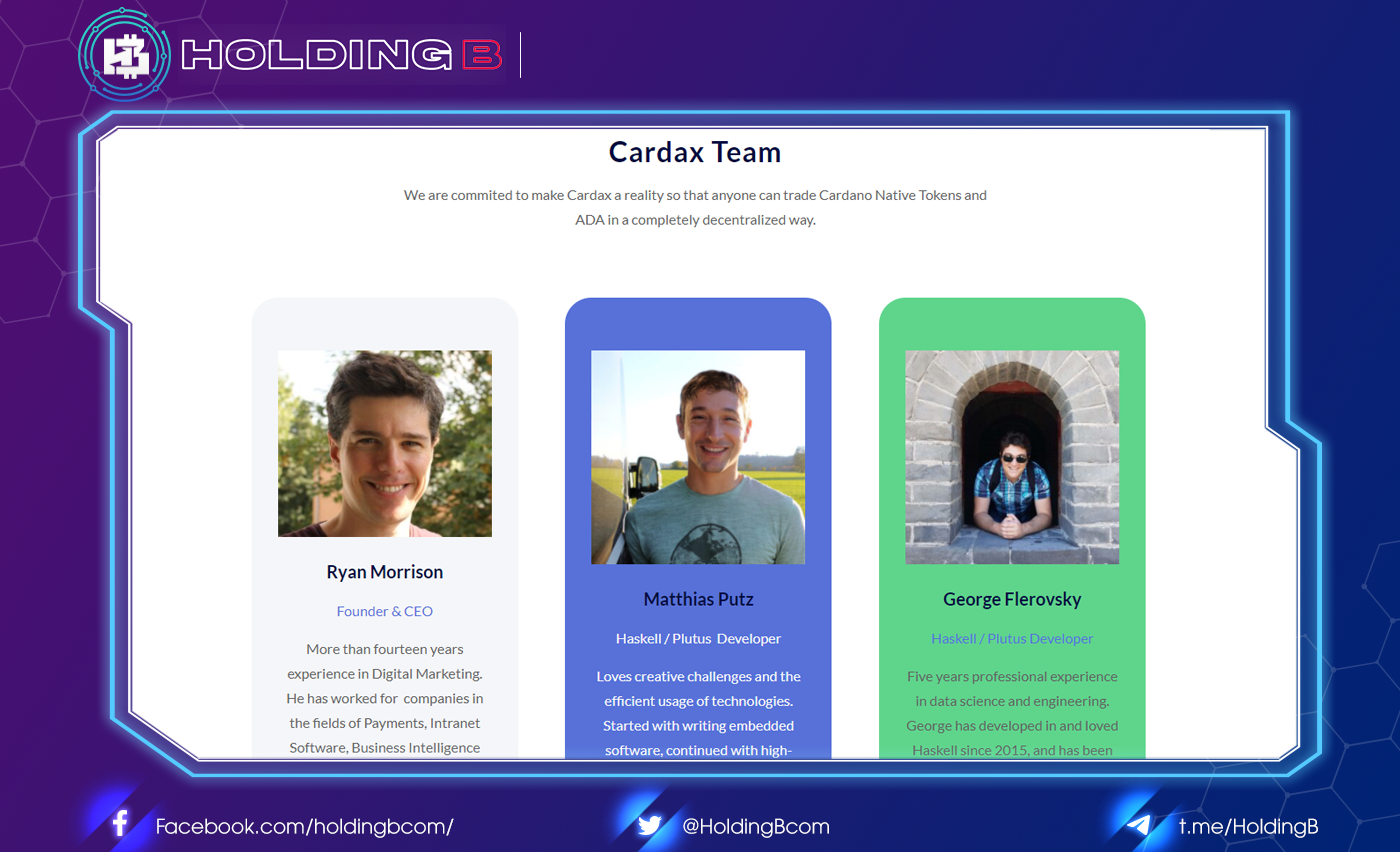
As can be seen, Cardax’s team is not too impressed. Based on the information provided, they are not too prominent either. Moreover, there is no information related to advisors or investors for this project. So, if you score on the team aspect, it seems that Cardax is not very appreciated.
Roadmap
As announced in the project’s roadmap, up to now, the project has only stopped at completing the protocol design. As planned, this should have been the time when Cardax’s DEX was launched. There is also no link to the DEX on the project’s Web site, so it probably hasn’t been completed yet.
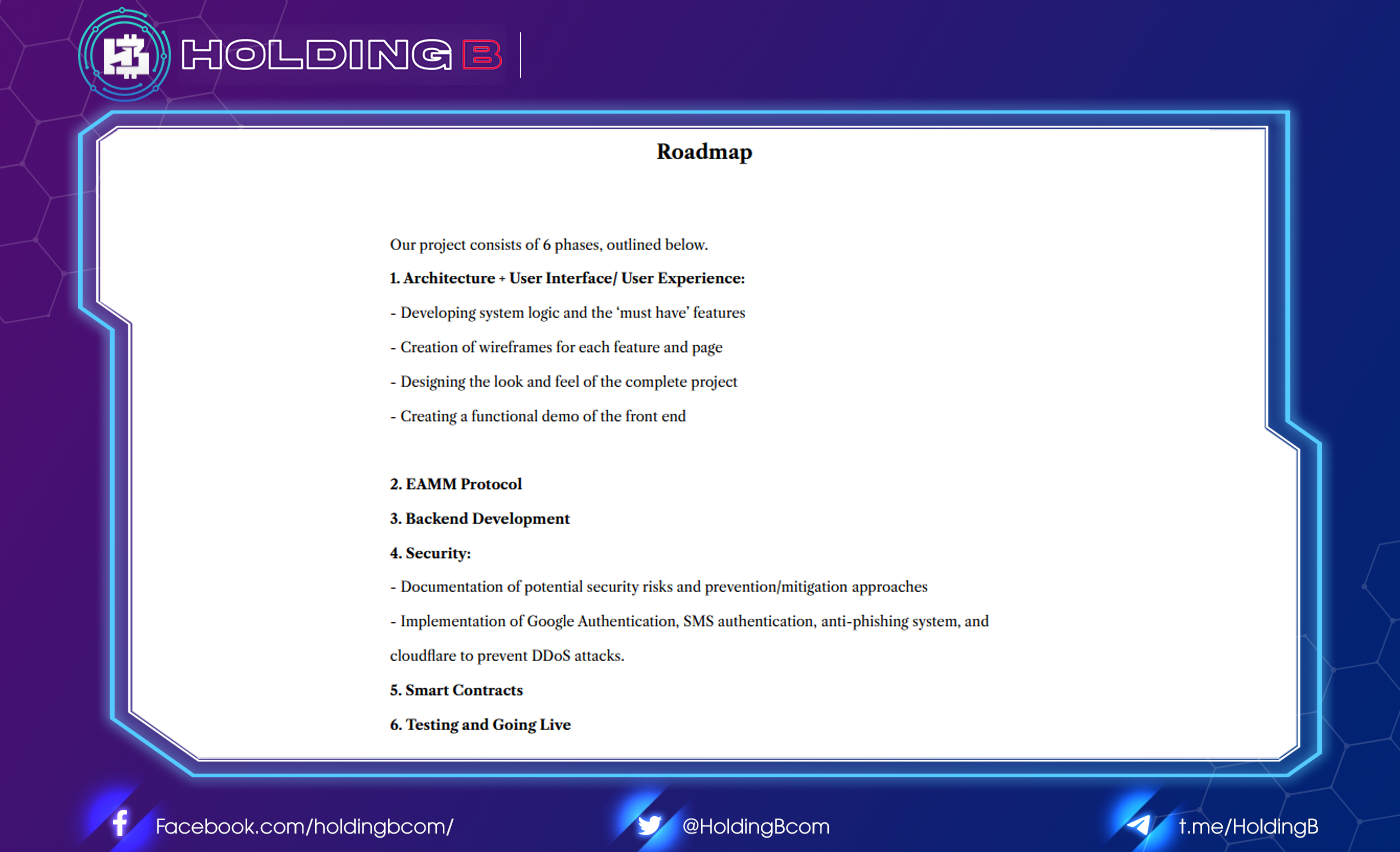
Cardax project’s CDX token
General information
- Symbol: CDX.
- Network: Cardano.
- Contract: None.
- Total supply: 1,000,000,000 CDX.
CDX’s Token Allocation
The project will allocate 20% to Teams and 5% to Advisors. However, this amount of tokens will be locked in the smart contract and will be distributed after 2 years.
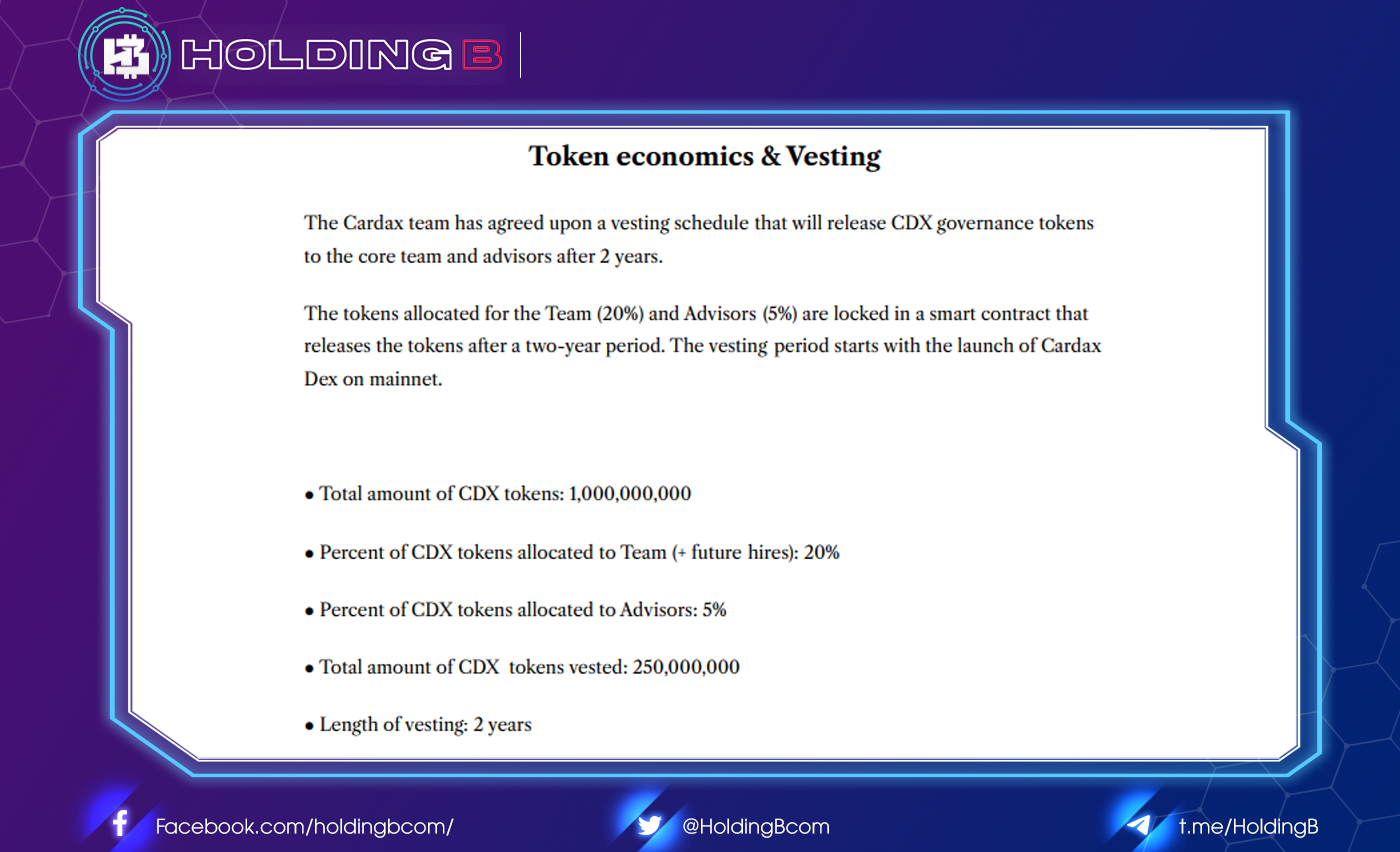
CDX’s token storage wallet
CDX is a token built on the Cardano network. As a result, storage wallets that support this network’s standard will be able to be used to store CDX. One of them can be mentioned as Yoroi or Daelaus.
What are CDX tokens used for?
With the mechanism of action as described by Cardax, we can see CDX acting as the native token of the protocol. Therefore, it can be used in the following cases:
- Pay rewards to LPs when they provide liquidity to the protocol.
- Pay a fee when a user swaps tokens through the protocol.
Should invest in the Cardax project and CDX token at this time?
At this time, Cardax has almost no finished product to launch to users. Therefore, it will be difficult for us to accurately assess the relevant indicators. However, in terms of ideas, this can be a new point for AMM solutions at present. If true to what the project describes, this will open a new direction for small projects that can reach users through Cardax’s platform.
However, everything has its good and bad sides. Supporting projects that easily create liquidity pools without excessive-stakes can also facilitate more scams. Tokens can be cloned easily just like ICOs in 2017. Even many new projects just stop at ideas, without a team with enough force to develop, open to raising capital. community. If Cardax comes to fruition, this may become the cradle for such projects.
Therefore, from a user perspective, when the Cardax project goes into official operation, we still need to thoroughly DYOR each project to avoid becoming a victim of scams already rife in the market now.
See ya in the next article !
Don’t forget to follow useful articles about Crypto Market from team Holding B !!!
- Telegram Channel: https://t.me/HoldingBcom
- Telegram Group: https://t.me/HoldingB
- Website: https://holdingb.com/
- Twitter: https://twitter.com/HoldingBcom
- Facebook: https://www.facebook.com/holdingbcom

